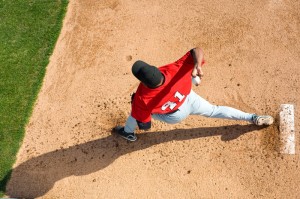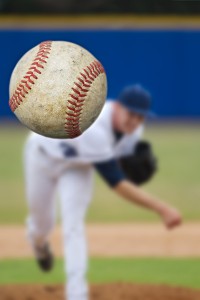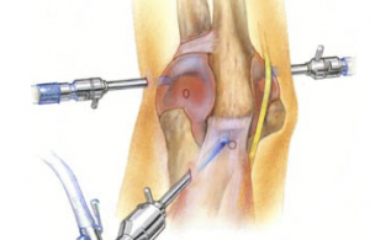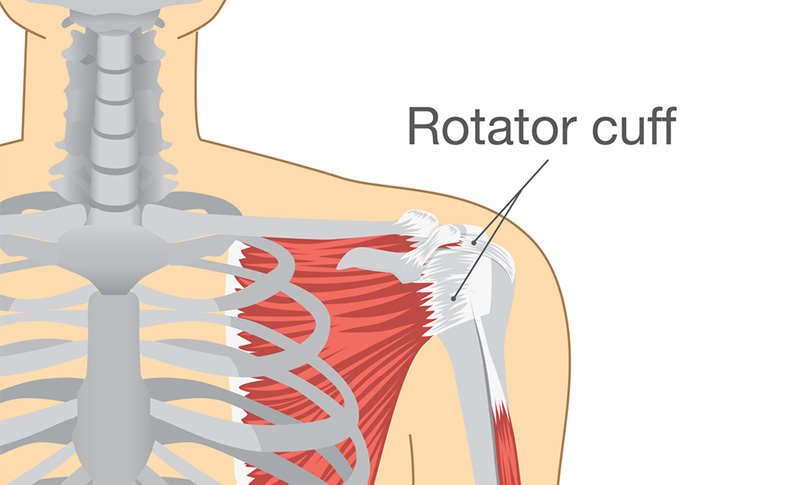Although uncommon, people of all ages can suffer from throwing injuries at any point in their lives. The injuries typically range from strained muscles, to tears and sometimes even fractures. The parts that are the most affected are normally the elbow or shoulder of the appendage, but the severity of this injury is highly dependent on the age of the person and what sport they play.
Playing Sports, either Professionally or Recreationally, Is the Most Common Cause for Throwing Injuries
The sport that is the most common cause for throwing injuries is baseball. The pitching, in particular, leads to this injury, as the motion proves to be very stressful for the arm. However, the reason why more and more young players are developing throwing injuries from sports, is over use of the throwing motion and poor mechanics. In the case of children, the most common type of throwing injury is growth plate stress fractures. In adults however, it’s more common to develop rotator cuff tears and labral tears.
Other Types of Throwing Injuries:
- Growth Plate Injury
- Cartilage Damage
- Tendon Tears
- Ligament Tears
- Bone Spurs
- Loose Bodies
- Stress Fracture
Throwing Injuries That Need Surgical Intervention
There has been an increase in the occurrence of elbow and shoulder pitching injuries according to Sports Medicine specialists. Out of all the injuries that sports players can develop, the most devastating and serious throwing injury is of the Torn Ulnar Collateral Ligament that affects the elbow. In order to be treated, orthopedic surgeons recommend an elbow ligament reconstruction that is known as the Tommy John Surgical Procedure.
Although with mild rest, there’s absolutely no need for the surgery but in its extreme case, ligament tears can prove to be a serious problem, as the pain that is largely centered on the inner side of the elbow can make it difficult to control the pitch or throw.
Injuries to the shoulder that largely affect pitchers and other sports throwers are more commonly structured around the Capsule/Ligaments, Rotator Cuff, and the Labrum. While a simple stretching is enough to fix a rotator cuff, sometimes surgery is required due to a torn labrum or loose ligaments.
Prevention of Throwing Injuries
 When it comes to preventing throwing injuries, the need to develop proper throwing mechanics is highly important and should be seriously considered by sports players or those who play for recreation. There is a high risk of recurring throwing and other shoulder injuries, even with surgical repair if the pitcher doesn’t correct the mechanical flaws of his throwing technique.
When it comes to preventing throwing injuries, the need to develop proper throwing mechanics is highly important and should be seriously considered by sports players or those who play for recreation. There is a high risk of recurring throwing and other shoulder injuries, even with surgical repair if the pitcher doesn’t correct the mechanical flaws of his throwing technique.
In conclusion, prevention of throwing injuries is easy if the player focuses on proper throwing techniques, a good physical conditioning and flexibility; to avoid putting excessive stress on the entire arm.
Dr. Adam Farber at Phoenix Shoulder and Knee is a top orthopedic sports medicine doctor in Phoenix and Scottsdale. He treats all types of shoulder injuries which includes throwing injuries. Minimally invasive treatments are used and most insurance is accepted.
Call (480) 219-3342 today!


